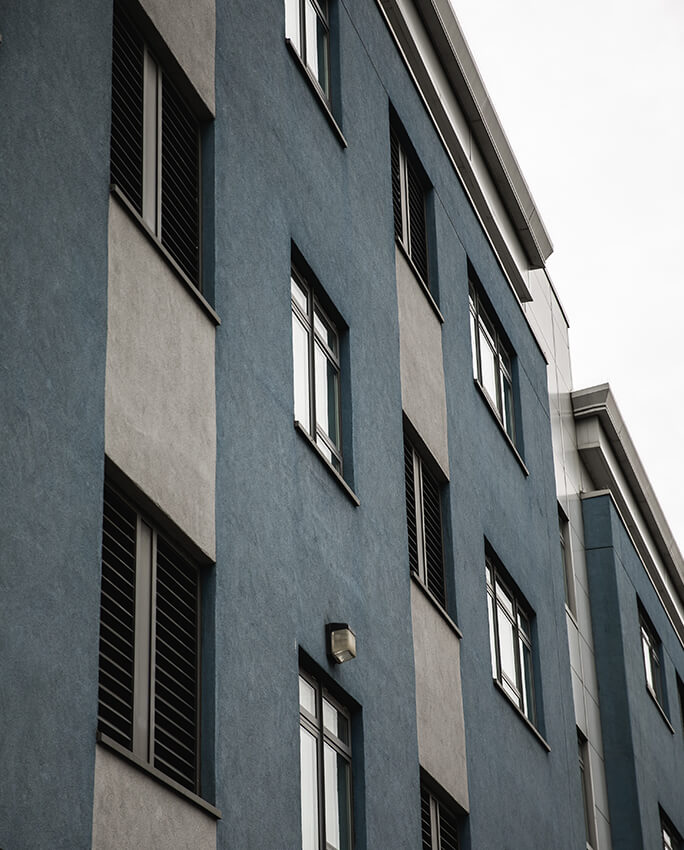 One of the visions of commercial real estate building developers is to construct senior housing communities equipped with loads of amenities that supply a satisfying and comfortable lifestyle for senior citizens. Though many things have changed since the baby boomer era, developers aim to fulfill the various levels of new and trending expectations of today’s more educated and better-informed senior housing residents. Furthermore, the goal of commercial senior housing real estate agent is to stimulate awareness of the benefits of senior housing construction in newly developed neighborhoods.
One of the visions of commercial real estate building developers is to construct senior housing communities equipped with loads of amenities that supply a satisfying and comfortable lifestyle for senior citizens. Though many things have changed since the baby boomer era, developers aim to fulfill the various levels of new and trending expectations of today’s more educated and better-informed senior housing residents. Furthermore, the goal of commercial senior housing real estate agent is to stimulate awareness of the benefits of senior housing construction in newly developed neighborhoods.
The overall demand for senior housing is rising. This increase will change various types of senior citizen housing programs, the real estate market, employees and healthcare providers, plus other businesses. This demand could have significant impacts on aging families. According to estimations 65-year-old will live to the age of 90. Every 10 years, one will live to be 95.
Property developers must consider the newest trends and improve the happiness and mental state of mind of senior citizens. Senior housing total returns and income returns have surpassed the NPI and multifamily total returns and income. Though there are some fluctuations in the overall senior housing economy, their revenue still climbs. Furthermore, the trend of mixed buyers has been constant since 2016. There are cross-border buyers, private equity buyers, and institutional buyers. Indicators of the demand for senior housing is the available real estate. The CBRE’s latest statistics report that in the past five years senior housing returns for living investments (11.93%) outperformed the 8.69% National Property Index. Furthermore, the return for senior housing investments outperformed the (8.14%) multifamily investments.
Recent developments have certainly impacted this particular sector of the real estate industry. COVID-19 has certainly impacted seniors the most and these facilities have received a large amount of attention lately. Interest from prospective residents has decreased over the past months for an assisted living care center in St. Louis-based living communities. On the plus side, there are many such communities that have not been affected by the COVID-19 crisis.
Costly land in prime locations can make it more challenging to invest in senior housing communities. For this reason, commercial real estate builders are contemplating building senior housing co-op communities. Tenants sharing common space can manage their senior housing space. Co-op communities are more affordable and can attract seniors who have a smaller budget.
Class A, high margin senior housing facilities are predicted to be rewarding investments. Facilities with poorer performance often merge with larger brand name commercial real estate properties to incorporate synergies and further growth. Nevertheless, the primary and secondary’s highly stabilized residences and absorption rates prove that vacancies in these senior housing categories will be briefly lived. Because of the COVID-19 pandemic, the need for senior housing is steadily increasing. A reported 50 million senior citizens 65 and over are susceptible to the COVID-19 disease. This age group of people will need more assistance if there is another stay-at-home-order in near future.
Fortunately for real estate investors, a Care Cap Rate survey showed that in the first half of the year of 2019, senior housing capitalization rates decreased. Survey participants also concluded that independent living is a rewarding investment. Furthermore, there is no evidence of fluctuation within the spreads of these senior housing real estate properties. Nevertheless, between core and non-core assets for senior housing, for the assisted and independent living facilities, the senior housing real estate properties spreads were the largest.






